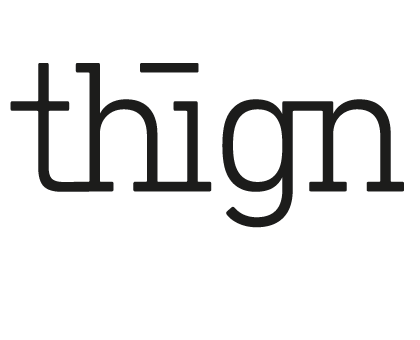Standstill as a Process
Crisis can serve as an incentive for change. Standstill is an imaginary quantity. Any standstill is only conceivable in comparison and is therefore still a process. And this process does not stop as long as we think. We can take this as an incentive. If we view Standstill as a Process, new design possibilities open up.
Thinking and designing in times of crisis
First of all, this text is addressed to those who want to and are able to read this text right now and who are not existentially affected by this crisis to such an extent that other concerns predominate. The ability to act is the basis for change processes. This is the basis from which the following points can be considered:
Information Mining
Crisis always also means the need for and delivery of information. There are very many, too many data. Which ones reflect the status quo? Which serve the mediation of higher-level processes? Which data is relevant? Data are only meaningful in context. Only data considered in a network provides information from which variables and influencing values for our thoughts and actions can be extracted. We have to find and combine this information. The most reliable information is still based on own observations.
Live Scenario
In times like with Covid-19 we experience a scenario live, without ifs and buts. We are directly affected. It is about the whole and no longer only about forms of possibility. When a scenario becomes reality, it is automatically more important than a thought construct in the sense of a supporting structure for finding solutions. Automatically, our ideas are also more systemically relevant than simple assumptions. Now is the time for radical thinking and real transformation processes.
Honesty
Life means change. Transformation is the DNA of life. And what’s happening right now is pure life. Unlike service by the book, it requires a living response. This is exciting. This is necessary. That’s good. The basic requirement for sustainable decisions is honesty: honesty for our situation and that of others. This means saying goodbye to previous plans. It is not about small corrections but about new plans. But these can only be thought successfully if we are honest. We will only maintain the known system boundaries if we continue to focus inwards and remain within the existing system. But our view must wander outwards. We must respond to a changed environment and take a stand – with answers that offer solutions to the changed needs.
User orientation
Problem solving starts with the user. What? For whom? Why? As simple and efficient as possible and with satisfaction. Users are the others. Not us. At a time of crisis, this is a difficult exercise – putting one’s own problems behind in favour of others. It is about the needs and requirements of the users. We have to understand these. Then it is time for our product – as a problem solver. Only if it helps the users, it will be successful.
Standstill as a Process is probably more dynamic and innovative than traditional transformation processes ever thought possible. In the crisis we can allow ourselves to think more radically and to really design new ways because many rules no longer apply. Much more can be questioned than within usual workflows. We realize what is possible because we experience it directly. We can reshape. And we must.
Action instead of reaction. New instead of different. Today instead of tomorrow.



